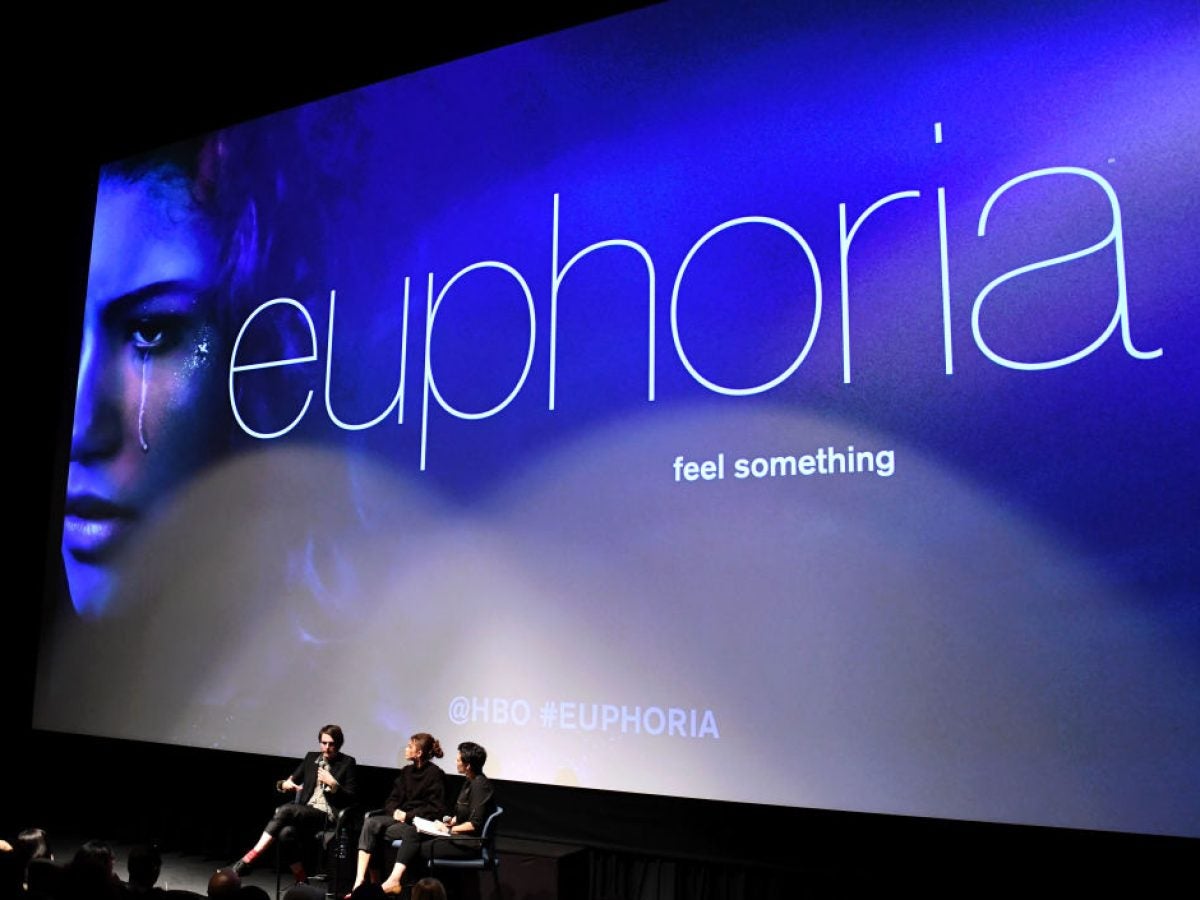
From Euphoria to crack pipes, drugs are once again in the news. And it is impossible to talk about drugs and drug policy in this country without talking about race.
The question is just as clear in our film and media as it is in our everyday lives: when it comes to drug use in Black communities, is there another path towards health and wellness that includes harm reduction and self-defined recovery?
As a Black harm reductionist, researcher, and father who has been doing this work for over 30 years, I say yes. But there’s clearly work to be done to change hearts and minds.
Many people ended the weekend tuned into yet another episode of Euphoria, a show where in the first season the protagonist Rue, a young Black teen, overdosed and whose life was saved by a dose of naloxone. Yet viewers are watching her downward spiral now in the second season as her drug use becomes increasingly chaotic.
While her loved ones continue to pressure her to go to detox and rehab, no one has discussed the option of starting buprenorphine, the gold standard medication for opioid use disorder that cuts the risk of opioid overdose in half.
Sadly, Rue’s experience is not too far from reality for Black teens in the country- a recent study found that Black teens were 85% less likely to be prescribed this life-saving treatment after an overdose than white teens. In fact, this racial disparity exists among Black adults as well, who are also significantly less likely to be prescribed this medication.
And within 24 hours after a recent Euphoria episode was released, our airwaves and social media feeds were quickly filled with outrage and speculation about whether or not the Biden administration would be funding safer smoking kits that include pipes. While disappointing, I cannot say I was surprised.
Before social media memes and Fox News headlines were enough to change federal policy, their 1980s equivalent was used to prohibit syringe distribution to people who injected drugs. I remember. I was there. Rates of HIV among people who injected drugs were as high as 50% in New York and Miami, and over half of all drug injection-related HIV cases were among Black Americans.
However, federal budget rules prohibited funding for syringe exchange programs, so these programs had to turn to their state or local public health departments for support, or to the public for donations. And throughout the early and mid-1990s, these programs continued to collect used syringes and provide sterile syringes and other equipment to people who injected drugs and curbed HIV transmission in their communities.
It appears that history is repeating itself. With growing and recent evidence that overdose mortality is increasing among Black Americans, particularly involving drugs like fentanyl and cocaine, we need all the tools in our toolbox to save lives. Studies have already established that providing safer smoking kits, including pipes or other materials for non-injection drug use, accomplishes many of the gains that providing sterile syringes do by lowering injury and health risk. Providing pipes could be an important tool for reducing HIV and HCV outbreaks, and growing problems related to bacterial infections, sepsis, and infective endocarditis in the US.
The response to the overdose crisis in America is racialized; for years our community has commented on how the public health response did not apply to us during the “crack epidemic” and that is true. But today we have the opportunity to provide the resources to our community that we should’ve long ago.
Distributing smoking kits also engages those at greatest risk of overdose and other harms into supportive services where they can get the help they need. And there is also no evidence that harm reduction measures increase drug use.
While the headline and memes on distributing “crack pipes” nearly write themselves, they are in no way an appropriate response to the growing health dangers for Black Americans. Our community experienced devastating losses during the early HIV epidemic due to catchy and equally racist headlines that undermined a reasoned and evidence-based approach to preserving Black life. We now have decades of experience and hundreds of studies that document that providing safe equipment to people who use drugs will keep us all safer.
We do not need to repeat history.
We know why tabloids and conservative outlets drummed up fake outrage around government funded “crack pipes.” They are using our lives as a political football as they have done with teaching about slavery in schools. Crack remains a taboo topic for us, a topic steeped in pain, confusion, and disbelief. Between pop culture and mainstream news headlines, it is time for us to reframe our conversation about drug use, shed the stigma we carry, and move forward with facts and science.
Ricky N. Bluthenthal, Ph.D. is a Professor in the Department of Population and Public Health Sciences (DPPHS) in the Keck School of Medicine (KSOM) at the University of Southern California. He is also the Vice Chair for Diversity, Equity and Inclusion in DPPHS and the Associated Dean for Social Justice in KSOM. Since 1991, he has conducted research on drug use epidemiology and HIV, overdose, HCV, and other health outcomes among people who inject drugs.